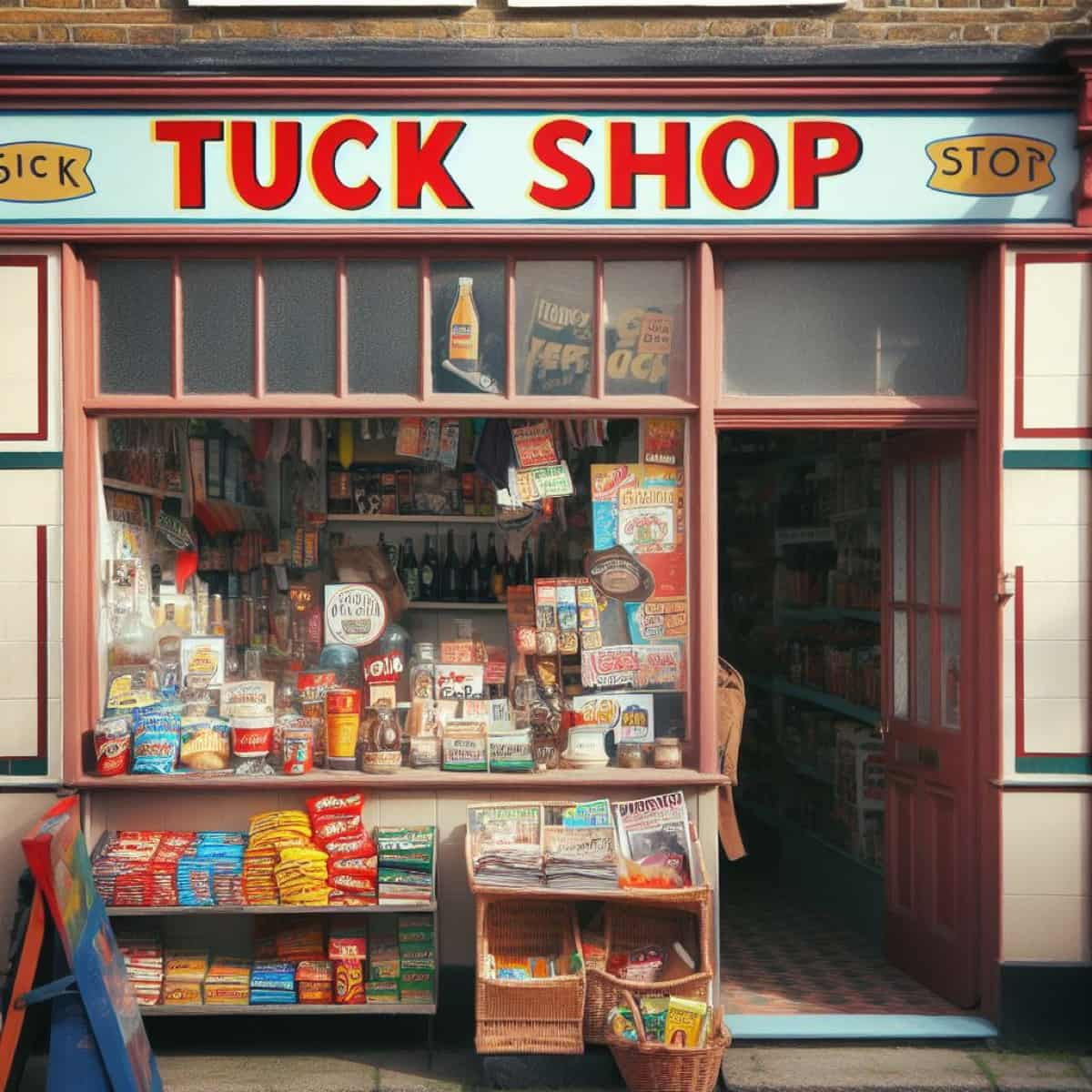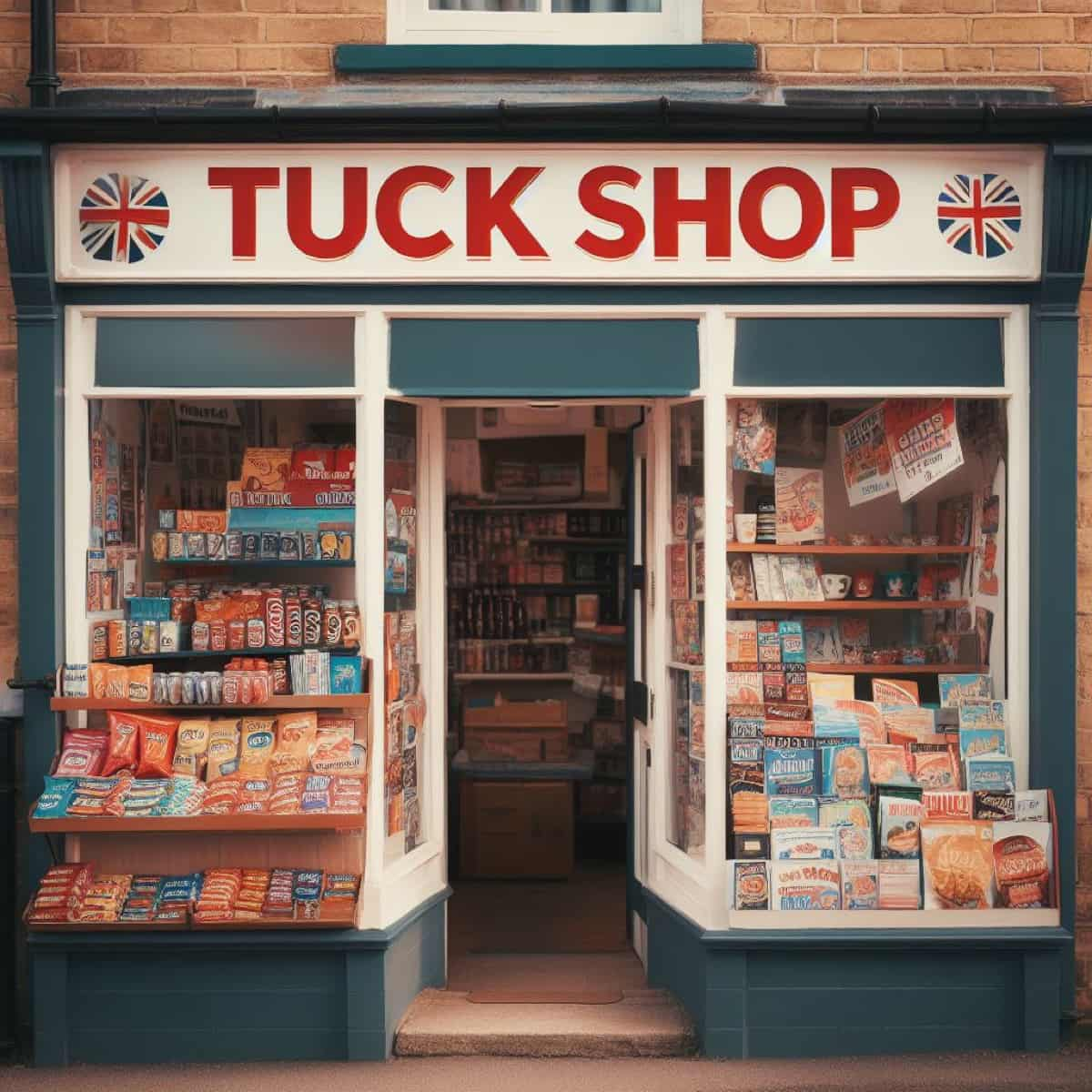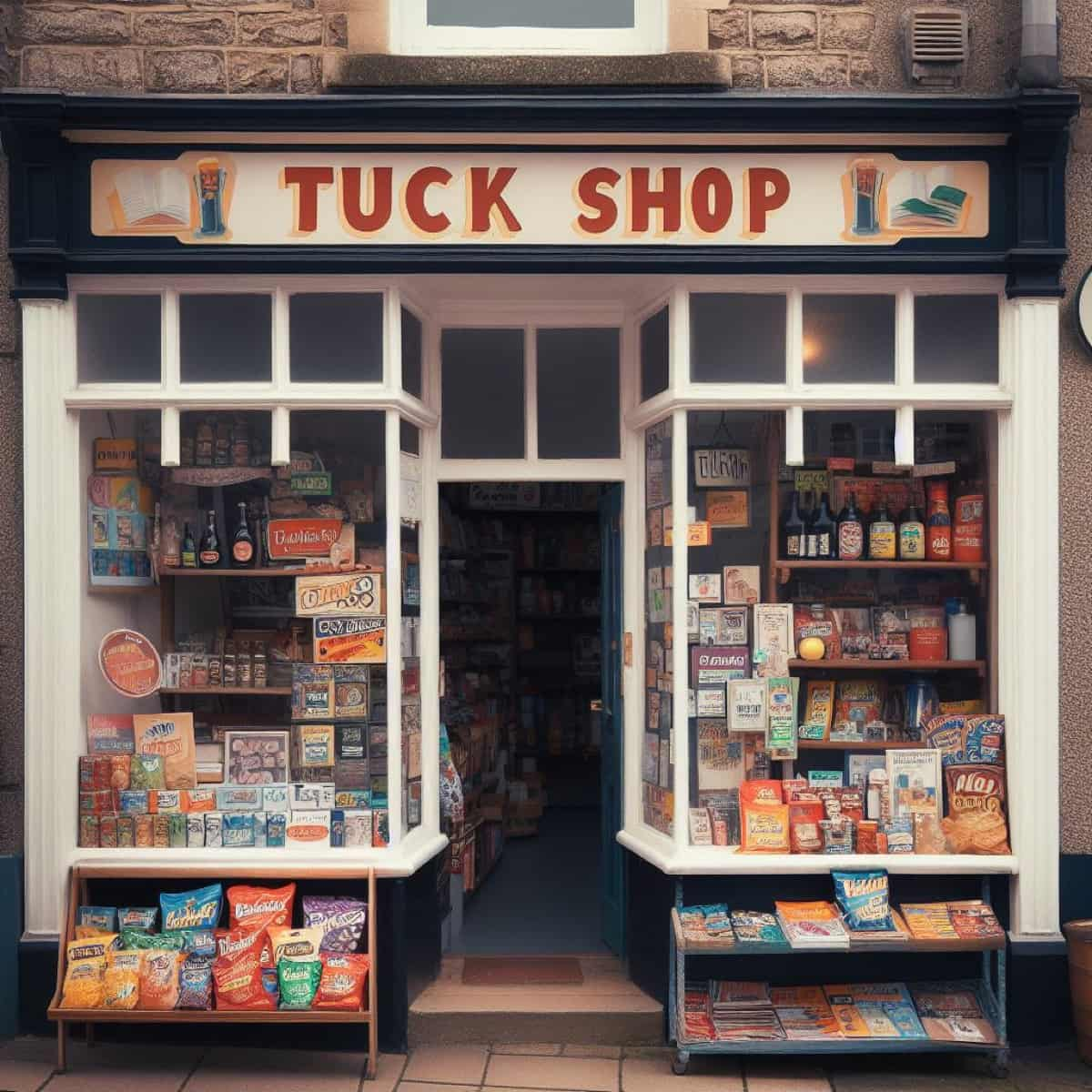The age-old tuck shop presents a fascinating prospect for anyone intrigued by the idea of venturing into a small-scale retail business. The question of how to open a tuck shop has been frequent, along with its business viability and profit potential. A tuck shop business plan can demystify these aspects, clarifying license costs and the potential profits involved.

While determining what sells well at a tuck shop is crucial, having a tuck shop business plan sample can greatly ease the journey for budding entrepreneurs. The most popular item in the Tuckshop often varies across different regions and demographics, but universally, some items always make it to the top-sellers list. This article dives deep into the necessary steps, costs, and profits of opening a tuck shop, helping potential business owners make informed decisions.
Tuck Shop Business Plan
Understanding the Licensing Requirements for a Tuck Shop Business
A tuck shop, by definition, is a small shop selling snacks, beverages, and sometimes basic supplies. Licensing rules can change depending on where you are. Health and safety regulations, business registration, and permits for selling food and beverages are typically standard necessities. This is because the authorities are concerned about the welfare of consumers, ensuring that they consume only safe and hygienic products. Some countries may also require specific certifications for selling particular types of items or operating during certain hours.
Exploring the Costs Involved in Starting a Tuck Shop Business
Starting a tuck shop involves various expenses, both one-time and recurring. Some initial costs include securing a location (rental or purchase), interior setup (shelves, counters, etc.), stock purchases, and licensing fees. Additionally, utility bills, staff salaries (if hiring), and regular restocking of products will account for the recurring costs. Setting up a small tuck shop can range from $5,000 to $15,000, depending on the region and shop size.
Analyzing the Potential Profits of a Tuck Shop Business
Is a tuck shop a business capable of generating good profits? The answer is a resounding yes. The profit margins can range from 10% to 50% or more, depending on the products sold. Items with longer shelf lives tend to have lower profit margins, while perishables or fast-moving consumer goods might fetch higher margins. Consistent foot traffic, strategic location, and product variety play a pivotal role in the profitability of a tuck shop.
Step-by-Step Guide to Obtaining a License for a Tuck Shop Business
- Research local regulations concerning tuck shop businesses in your area.
- Visit the local business registration office or website for detailed information and application forms.
- Ensure you meet all health and safety standards if selling food and beverages.
- Submit the necessary application forms with the required documents, such as proof of location, business plan, etc.
- Pay the stipulated licensing fees, depending on region and business size.
- After approval, collect your license and display it prominently in your tuck shop per local regulations.
In case you missed it: Bottled Water Business Plan: License, Cost to Start, and Profits

Estimating the Initial Investment Required to Start a Tuck Shop Business
- Rental deposit or property purchase: $1,000 – $5,000
- Shop setup (furniture, lighting, counter, etc.): $500 – $2,500
- Initial stock: $2,000 – $5,000
- Licensing and permit fees: $300 – $1,500
- Miscellaneous (POS system, signage, etc.): $200 – $1,000
Considering these, an estimated initial investment can range between $4,000 to $15,000 or more, based on the region, shop size, and choices.
Factors Affecting the Cost of Setting Up a Tuck Shop Business
- Location: Prime areas with high foot traffic will command higher rents or property prices.
- Size: Larger spaces will require more setup expenses and higher inventory investments.
- Product range: A diverse product range will increase the initial stock cost.
- Supplier agreements: Procuring wholesale or bulk products can influence costs.
- Regulatory compliance: Areas with stricter regulations might have higher compliance and licensing costs.
Calculating the Break-Even Point and Return on Investment for a Tuck Shop Business
Determining the break-even point is crucial for any business, as it signifies when it starts making a profit after covering all costs. To figure this out for a tuck shop, first add up all the fixed costs (things that don’t change, like rent and salaries). Then, subtract the variable costs (like what it costs to make the stuff you sell) from the selling price to find the contribution margin per sale. The break-even point, in units, is then derived by dividing the fixed costs by the contribution margin.
Return on Investment (ROI) can be computed by dividing the net profit (annual profit minus costs) by dividing it by the total initial investment and multiplying by 100 to get a percentage. This percentage indicates the efficiency of the investment, helping business owners decide whether the venture is worth continuing or expanding.
Strategies to Maximize Profits in a Tuck Shop Business
Boosting profits in a tuck shop hinges on effective strategies tailored to the specific business environment. Stocking fast-selling items, especially those identified as the most popular items in the tuck shop, ensures consistent cash flow. Regularly rotating stock and offering discounts on soon-to-expire items can reduce wastage and improve profitability.
Building relationships with wholesalers for better deals, optimizing shop layouts for easy access and impulse buys, and leveraging local events or festivals for special sales or promotions can also significantly enhance profits. Additionally, implementing a loyalty program or offering combo deals can encourage repeat purchases, further bolstering the bottom line.
Understanding the Market Demand and Competition for Tuck Shop Businesses
Before setting up a tuck shop, comprehending market demand and competition is paramount. Market research can reveal what sells well at a tuck shop in a particular region, allowing businesses to cater to specific customer needs. Observing foot traffic, peak sales times, and surveying potential customers can offer insights into demand patterns.
Understanding competition involves studying nearby tuck shops or similar businesses, noting their product range, pricing, and customer service practices. Competitive analysis aids in identifying gaps in the market, helping businesses position themselves uniquely, and offering products or services that competitors might be overlooking, thus potentially capturing a larger market share.
In case you missed it: Guest House Business Plan: License, Cost to Start, and Profits

Long-Term Growth and Expansion Opportunities for Tuck Shop Businesses
Tuck shops, though small, have the potential for considerable long-term growth and expansion. Once a single outlet stabilizes and generates consistent profits, business owners can consider opening additional outlets in different locations. Collaborating with schools, colleges, or office complexes to set up exclusive kiosks can be a lucrative expansion strategy.
Tuck shop owners can also explore diversifying their product range, venturing into niche products, or even introducing their private label brands. Another avenue for growth is embracing digital transformation by setting up an online ordering system, offering home deliveries, or partnering with delivery platforms. Such strategic moves cater to a broader audience and ensure the business remains relevant in an ever-evolving market landscape.
Conclusion
Starting and operating a tuck shop business, like any entrepreneurial endeavor, requires a blend of research, strategic planning, and continuous adaptation.
- Handicraft Making at Home: A Small Profitable Business Idea
- Pet-Tech Startups: Innovations for Animal Lovers
- Tech Repair Services: Meeting the Demand for Gadget Maintenance
- Maximizing Rewards: Smart Credit Card Habits for Cashback and Points
- Ultimate Guide to Making Money from Goat Milk Business
- How to Start an Agricultural Value Added Product Business
- Value-Added Business Ideas for Greenhouse: The Best Ways to Make Profits with Greenhouse Farming
- How to Make Profits with Organic Country Chicken: Best Strategies for Beginners
- 10 Value-added Business Ideas for Millets: Low-investment and Highly Profitable